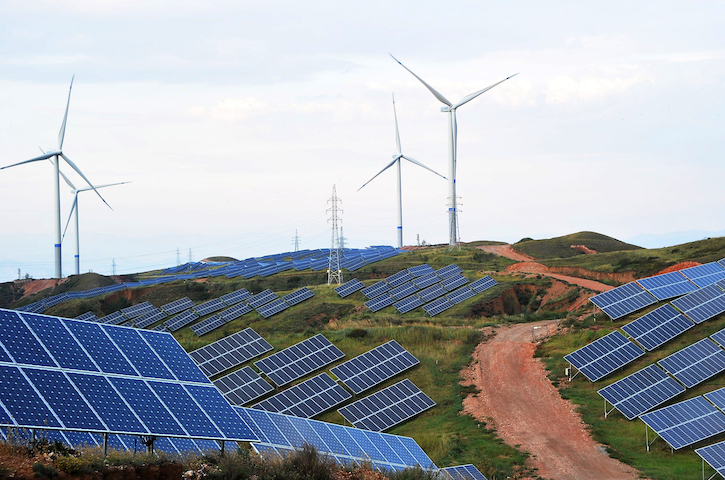
By Anders Hove
On Earth Day, there is good news to report from China: China’s National Development and Reform Commission recently released Document 625, which for the first time calls for curtailed, or wasted, renewable energy to be compensated for. This is a major step forward for renewable energy in China, and was one of the recommendations included in a 2015 Paulson Institute power sector paper written with the Regulatory Assistance Project. The policy requires coal plant owners to pay wind or solar plant owners whose energy is curtailed, adding clear economic incentives to increase uptake of renewable energy—and strengthening earlier policies that prioritized use of renewables. This change will also help assure implementation of “green dispatch” (prioritizing power dispatch based on emission levels), which China committed to in the U.S.-China Climate Accord.
Since early 2015, China has been working to reform its electric power sector, in keeping with the overall principle of market forces playing a “decisive role” in allocating the nation’s energy and environmental resources. Like many countries, China is trying to determine how to transform its power grid to better integrate more clean, renewable energy. President Xi Jinping has called for a “revolution” in energy production and consumption.
Curtailment of renewable energy has been one big obstacle standing in the way of such a revolution. China has more wind and solar capacity than any other country, but it also has the highest rates of curtailment: 15% of the energy from wind and 12% of the energy from solar is wasted as of 2015. The biggest reason: economic incentives currently favor using energy from coal plants, even when low-cost wind or solar is available.
To put those numbers in economic perspective: Consider that the wind and solar energy wasted in China in 2015 alone could power a large city like Shanghai or Beijing for several months. The cost of curtailment to the economy from 2011 to 2015 was more than RMB 50 billion (US$7.7 billion), representing economic waste that could have been used for more clean energy investment.
To be sure, integrating renewable energy is technically and economically complex, and curtailment is unlikely to be resolved by one new policy. Past policies ordering priority use of renewable energy haven’t had much success. Integration of renewable energy onto traditional grids is a challenge in any country because of vested interests and skewed traditional incentive systems. An upcoming Paulson Institute paper on integration of renewable energy in China’s heavily industrialized Jing-Jin-Ji region will explore the success of Texas and Germany in integrating large amounts of renewable energy onto their grids—offering possible lessons for China.
Document 625 should go a long way toward counterbalancing the distorted incentive system that discourages China’s grid operators from accepting renewable energy. That’s good not only for China but for the whole world: Every 1,000 kWh of renewable energy wasted means another ton of CO2 emitted into the atmosphere. The link between renewable energy integration and global climate change could not be more direct.


